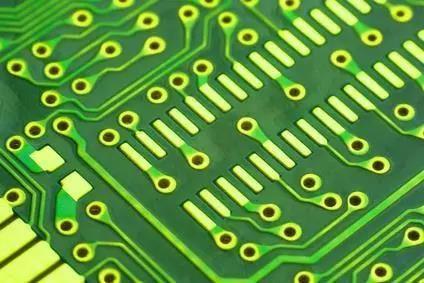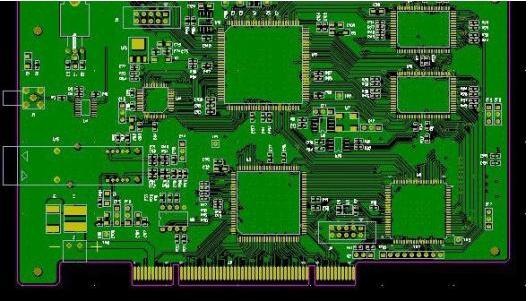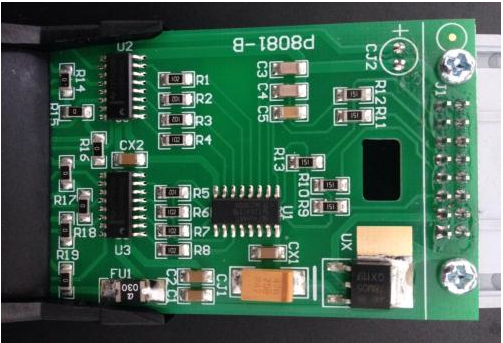
Why does PCB throw copper? All three reasons are explained
When the copper wire of PCB falls off (that is to say, copper throwing), all PCB brands will argue that it is a laminate problem and ask their production plants to bear the bad losses. According to years of experience in handling customer complaints, common reasons for PCB copper throwing are as follows:
1、 PCB factory process factors:
1. Excessive etching of copper foil
The electrolytic copper foil used in the market is generally single-sided galvanized (commonly known as ashing foil) and single-sided copper plated (commonly known as reddening foil). The common copper rejection is generally more than 70um galvanized copper foil. There is basically no batch copper rejection for reddening foil and ashing foil below 18um. When the etched line is designed for the circuit, if the copper foil specification changes but the etching parameters remain unchanged, the copper foil will stay in the etching solution for a long time.
Because zinc is a kind of active metal, when the copper wire on PCB is immersed in etching solution for a long time, it will lead to excessive side erosion of the circuit, resulting in the complete reaction of some thin circuit zinc backing layers and separation from the substrate, that is, the copper wire falls off.
Another situation is that there is no problem with the PCB etching parameters, but the water washing and drying after etching are not good, resulting in the copper wire being surrounded by the etching solution left on the PCB surface. If it is not treated for a long time, it will also cause excessive side erosion of the copper wire and copper throwing.
This situation is generally concentrated on the thin wire road, or in wet weather, similar defects will appear on the entire PCB. Peel off the copper wire to see that the color of its contact surface with the base layer (the so-called roughening surface) has changed, which is different from the color of the normal copper foil. What you can see is the color of the original copper at the bottom layer, and the peeling strength of the copper foil at the thick line is also normal.
2. In PCB production process, local collision occurs, and the copper wire is separated from the base material by mechanical external force.
This poor performance has positioning problems, and the detached copper wire will have obvious distortion, or scratches or impact marks in the same direction. Peel off the copper wire at the defective part and look at the rough surface of the copper foil. It can be seen that the color of the rough surface of the copper foil is normal, there is no side corrosion, and the peeling strength of the copper foil is normal.

3. PCB circuit design is unreasonable.
Designing too thin lines with thick copper foil will also cause excessive etching and copper throwing.
2、 Reasons for laminate manufacturing process:
Under normal circumstances, as long as the hot pressing high temperature section of the laminate exceeds 30 minutes, the copper foil and the semi solidified sheet are basically combined, so the pressing generally does not affect the bonding force between the copper foil and the substrate in the laminate. However, in the process of laminating and stacking, if PP is polluted or the rough surface of the copper foil is damaged, the bonding force between the copper foil and the substrate after laminating will also be insufficient, resulting in positioning deviation (only for large plates) or sporadic copper wire falling off. However, there will be no abnormality in the peeling strength of the copper foil near the measuring line.
3、 Reasons for raw materials of laminate:
1. It is mentioned above that ordinary electrolytic copper foil is the product that has been galvanized or copper plated with rough foil. If the peak value of the rough foil is abnormal during production, or the coating crystal branch is poor during galvanizing/copper plating, resulting in insufficient peeling strength of the copper foil itself. When the defective foil is pressed into a PCB and inserted in the electronics factory, the copper wire will fall off under the impact of external forces. This kind of poor copper throwing will not cause obvious side corrosion when peeling off the copper wire to see the rough surface of the copper foil (that is, the contact surface with the base material), but the peeling strength of the entire copper foil will be very poor.
2. Poor adaptability of copper foil and resin: some laminates with special properties, such as HTG sheet, are now used. Due to different resin systems, the curing agent used is generally PN resin. The resin molecular chain structure is simple, and the peel strength of the foil will be poor when curing. Due to the low degree of crosslinking, copper foil with special peak value must be used to match it. When the copper foil used in the production of the laminate is not matched with the resin system, the peeling strength of the sheet metal foil is not enough, and the poor copper wire falling off may also occur during the plug-in.






